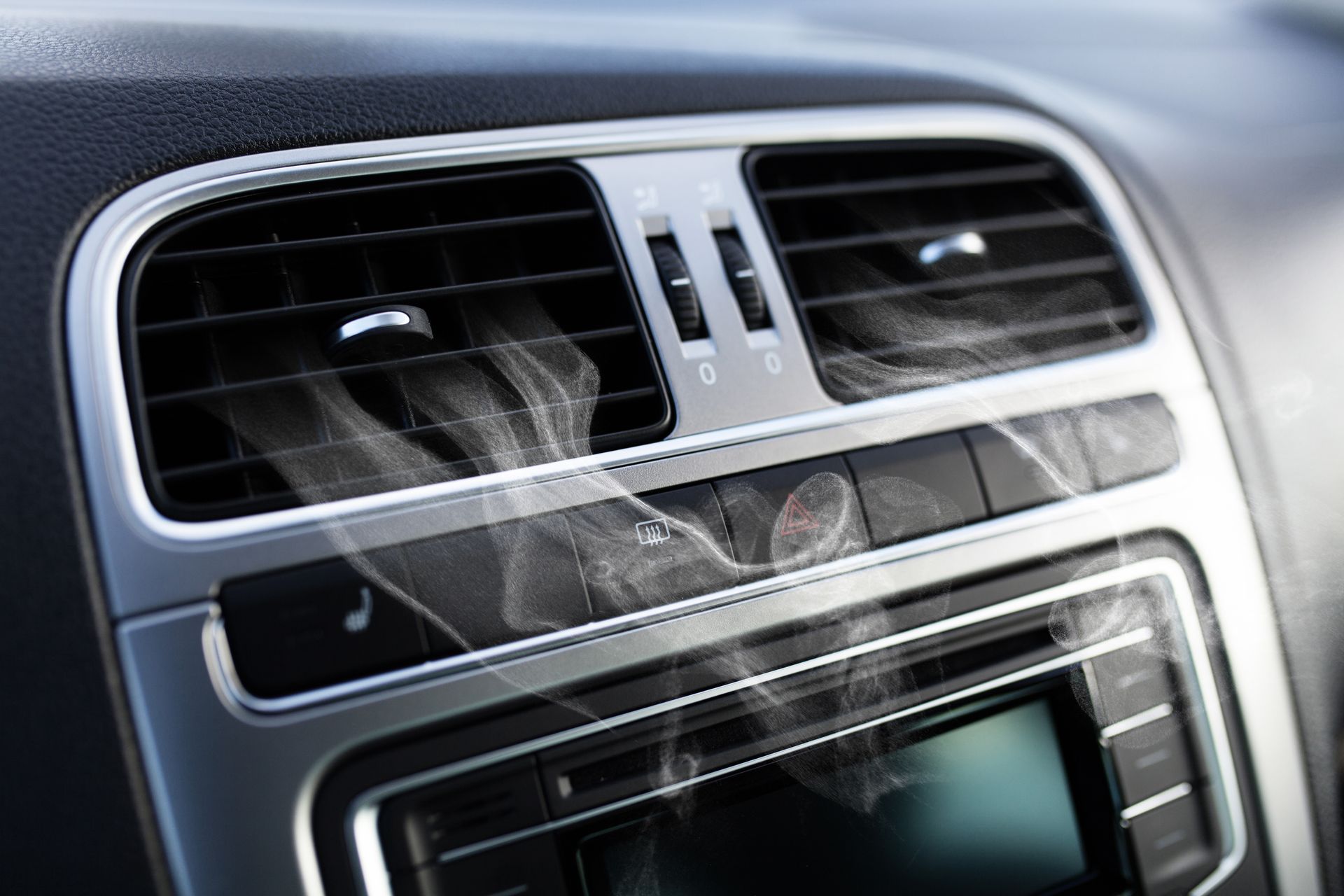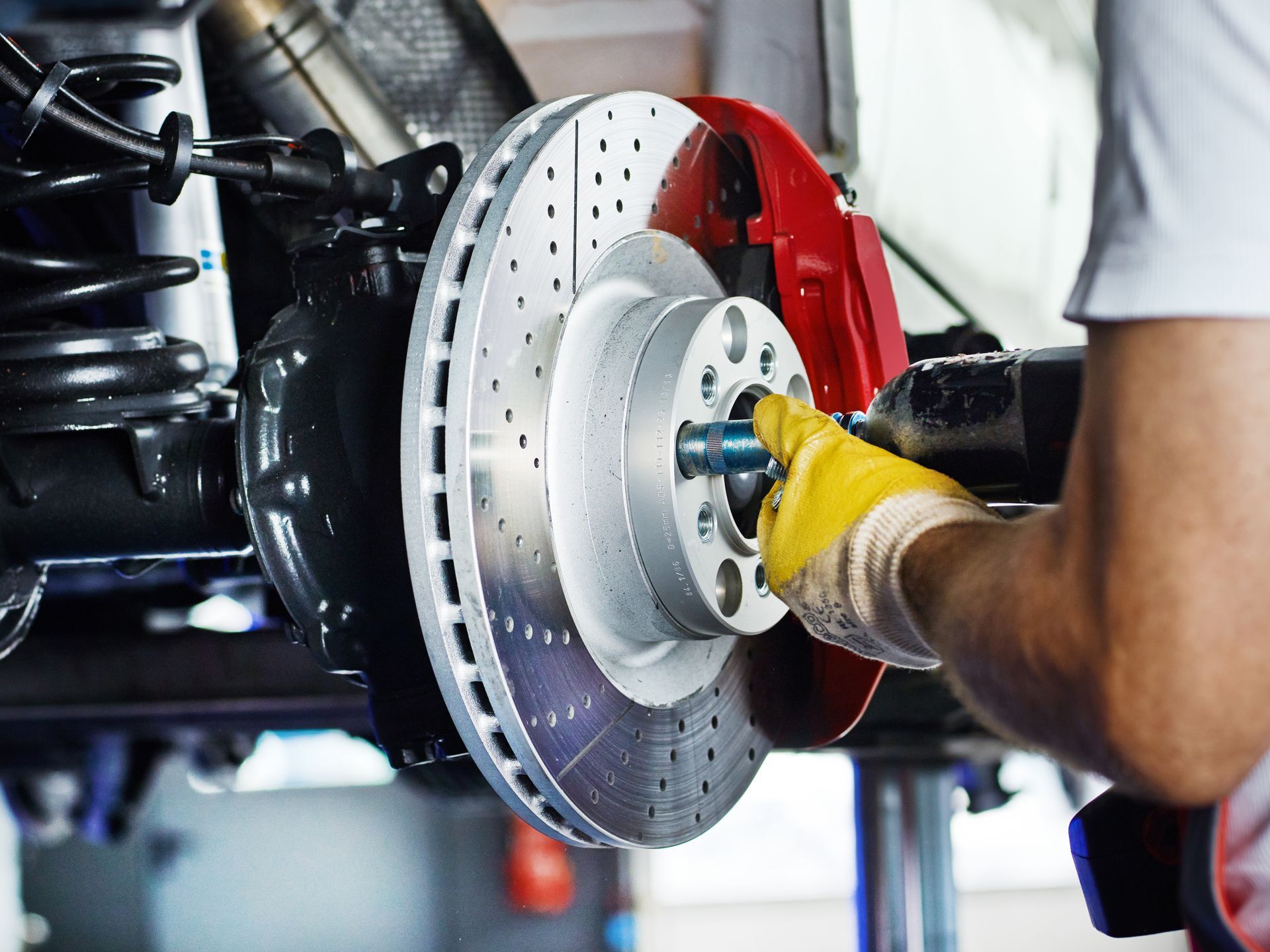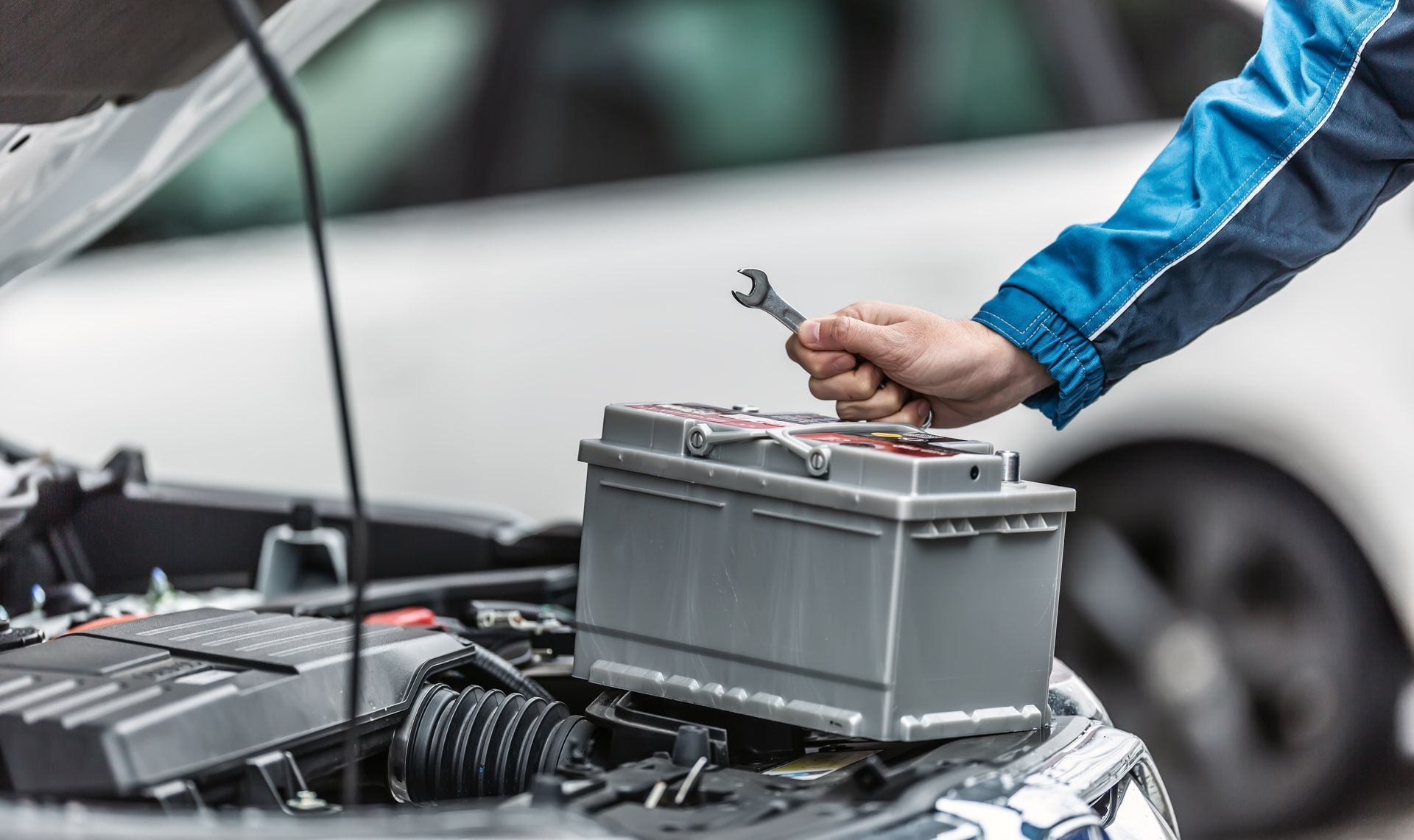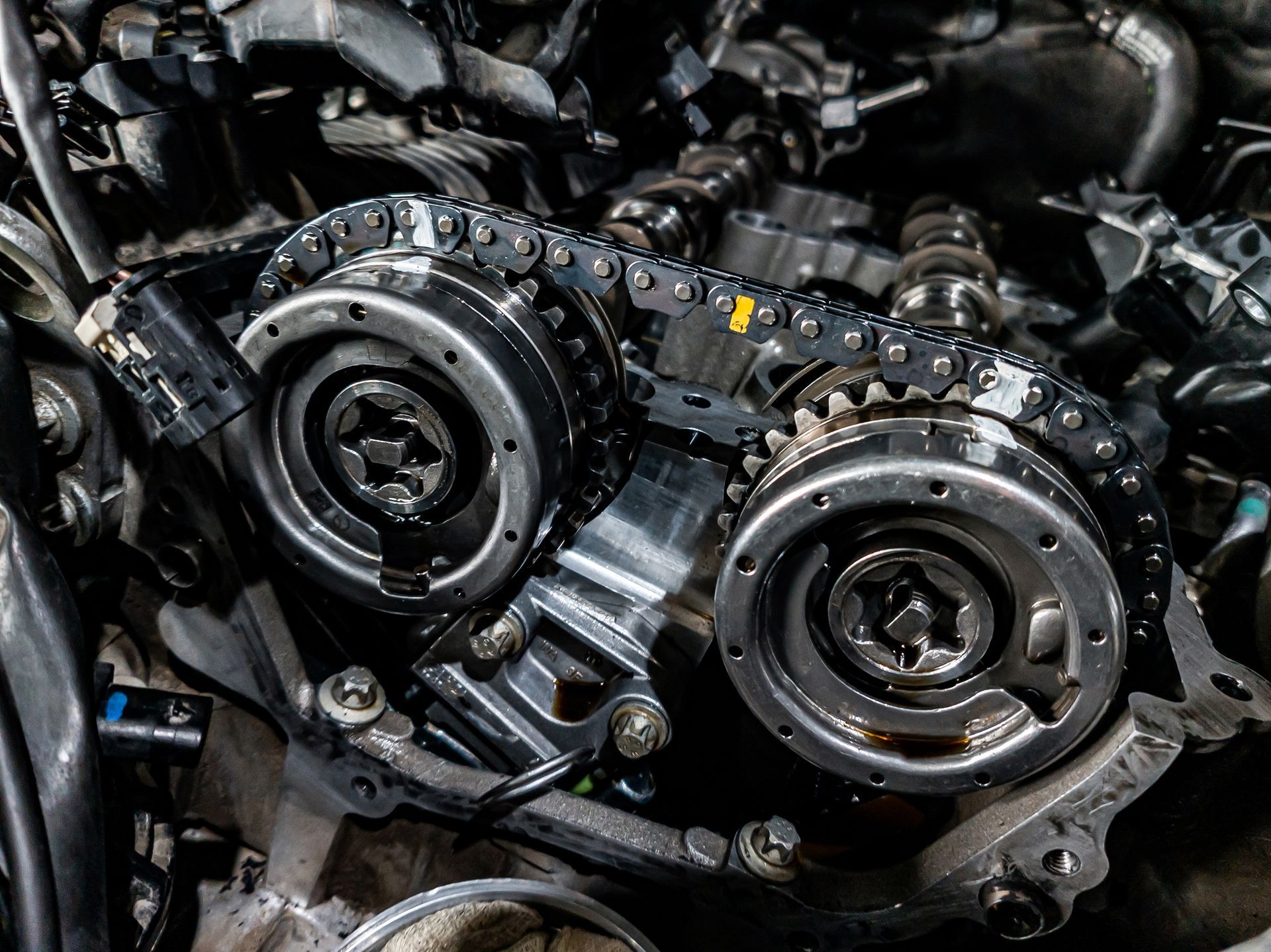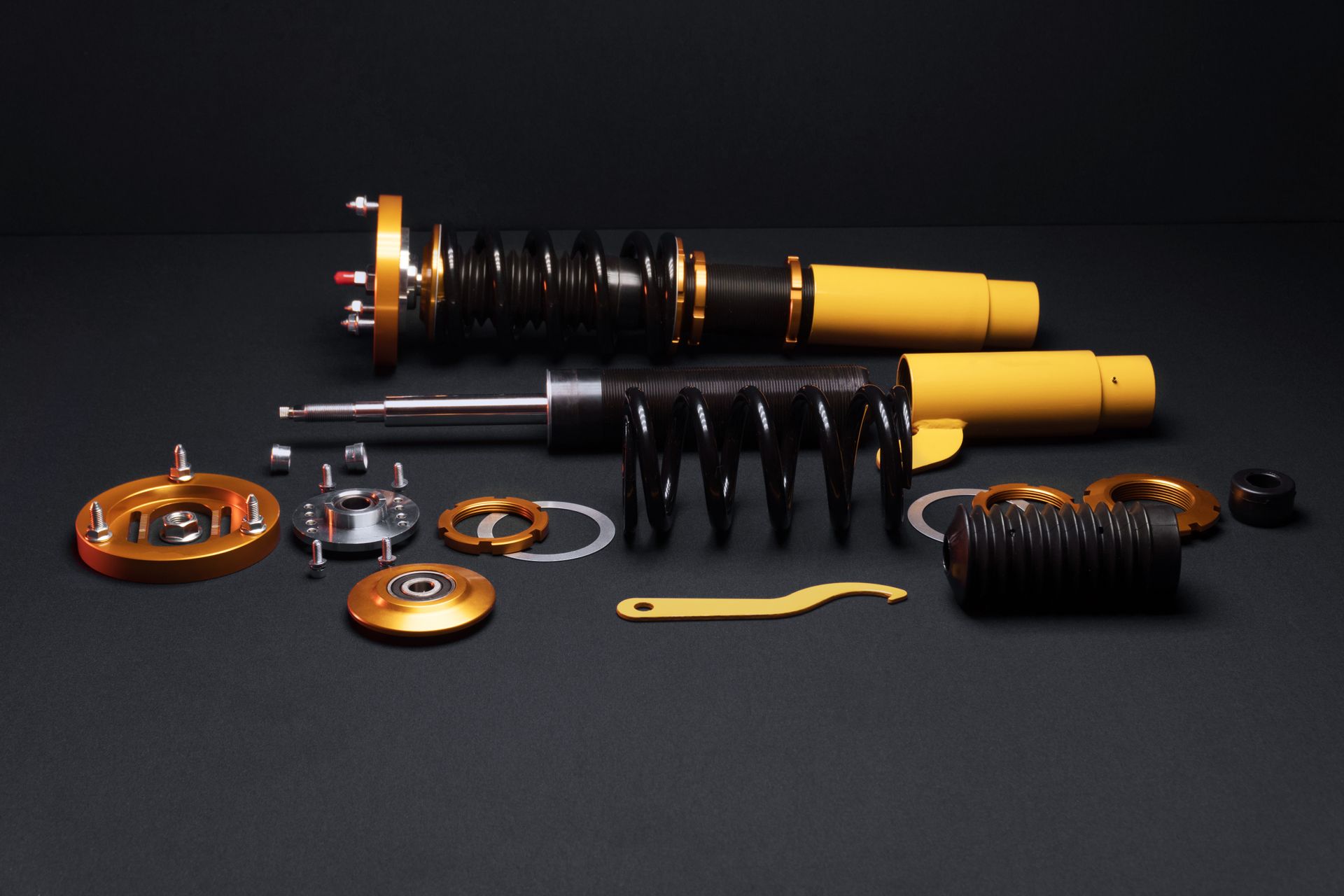The check engine light in your Audi can be a source of anxiety, but it doesn't have to be. This warning light, often an amber or red icon resembling an engine, is your vehicle's way of telling you that something isn't quite right. This guide will help you identify common issues that trigger the check engine light and what steps you can take to resolve them.
Why the Check Engine Light Comes On
The check engine light is part of your Audi's onboard diagnostics (OBD) system. When the system detects a problem, it triggers the light to alert you. Common reasons for the check engine light to come on include:
- Loose Gas Cap: One of the simplest issues, a loose or damaged gas cap can cause the check engine light to illuminate.
- Oxygen Sensor Failure: The oxygen sensor measures the amount of unburned oxygen in your car’s exhaust system. A faulty sensor can lead to poor fuel economy and increased emissions.
- Catalytic Converter Issues: The catalytic converter helps reduce exhaust gases. Problems with this component can cause significant performance issues.
- Mass Airflow Sensor Problems: This sensor measures the amount of air entering the engine to ensure the right mix of air and fuel. A malfunctioning sensor can affect engine performance.
- Spark Plugs or Ignition Coils: These components are crucial for your engine's combustion process. Faulty spark plugs or ignition coils can lead to misfires and reduced power.
Steps to Diagnose the Check Engine Light
1. Check the Gas Cap
The first and easiest step is to check your gas cap. Ensure it's tightly secured and not damaged. If the gas cap is loose or cracked, replacing it might resolve the issue. After securing or replacing the gas cap, it may take a few drives for the light to reset.
2. Use an OBD-II Scanner
Investing in an OBD-II scanner or visiting an auto repair shop that uses one can help you pinpoint the problem. This device plugs into your Audi’s OBD-II port, usually located under the dashboard. The scanner will provide a code that corresponds to a specific issue.
Common OBD-II codes and their meanings:
- P0171/P0174: System Too Lean
- P0300: Random/Multiple Cylinder Misfire
- P0420: Catalyst System Efficiency Below Threshold
- P0455: Evaporative Emission Control System Leak Detected
3. Interpret the Codes
Once you have the code, refer to an online database or the scanner's manual to interpret it. This will give you a clearer idea of the underlying issue. Some scanners even provide a brief description of the problem.
4. Inspect and Test Components
Based on the code, inspect the related components. For example:
If the code indicates an oxygen sensor issue, visually inspect the sensor for damage or wear.
If you get a misfire code, check the spark plugs and ignition coils.
5. Address the Issue
After diagnosing the problem, you can decide whether it's something you can fix yourself or if professional help is needed. Replacing a gas cap or spark plugs is relatively straightforward, but issues with the catalytic converter or mass airflow sensor might require a visit to an auto repair shop.
When to Seek Professional Help
Most check engine light problems require professional expertise. If you’re unsure about diagnosing or fixing the issue, or if the check engine light remains on after addressing the problem, it’s best to consult with a certified mechanic.
Don’t let the check engine light cause unnecessary stress, and let
Malones Euro Services in Marietta, GA take care of the rest. Our experienced technicians are equipped to diagnose and fix any issues your Audi may have.

